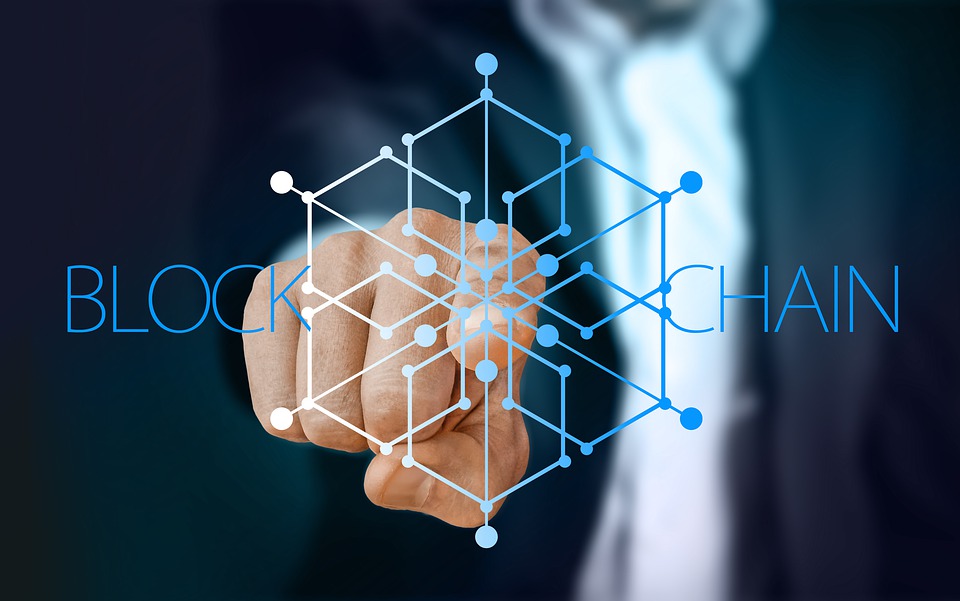Blockchain will significantly change how we hold and transmit items of value. The business process can finally be designed from the ground up as a digital process – truly transformed. The record of choice for the last 100+ years has been paper. Even when you scan a record, if the paper exist, it is the legal record.
We have birth and death certificates, laws, deeds, bank statements and even money (bills) on paper. The problem is we are becoming a digital society and paper is hugely inefficient. In addition, the processes for handling paper have stayed in place even with digital systems and are highly error prone. How likely is it that an error occurs upon copying or reading a document. Blockchain offers the opportunity for processes to become 100% digital, secure, and low friction from birth to destruction.
The simplest definition of a blockchain is a digital ledger that is not terribly different from an old fashioned paper accounting ledger. A well implemented blockchain has 3+1 key characteristics. It is immutable meaning once a transaction is entered, it can’t be removed or altered. It is sequential in that each transaction is tied to the one before it and after it. It has consensus based peer nodes that can be distributed. I’ll add a fourth for a “well implemented” blockchain, that it has inherent security with multiple levels and is highly resistant to attack.
A blockchain is not Bitcoin or any single crypto-currency. Crypto-currencies like Bitcoin do run on blockchain technology. The data entered in the ledger for crypto-currency are financial transactions representing value. What fascinates me, and is the subject of this blog, is what else can you do with a Blockchain.

In 3 recent experiences with obtaining a mortgages, I’ve had a 10%, 50%, and 90% paper based process. I’ll exclude the closing process which is still done on paper thanks to the government being nearly 100% paper based.
Bank 1 was 90% paper based. Everything went to the branch office as paper which they put in a box and shipped to the home office where it was processesed. Only the communication via e-mail was electronic.
Bank 2 was about 50% paper based. They allowed us to submit our documents via an upload, most documents were e-signed, and a few that presumably the government required wet-ink signed, we’d print, sign, and then upload them.
Bank 3, actually a mortgage service, never gave us a piece of paper, but I’d argue it was still only 90% digital. Someone was still transcribing from the uploaded images into the lender’s databases. Even if all of the paper was eliminated, Bank 3 still was working workflow designed for paper. It took limited advantage of the fact that everything was now digitized.

Blockchain will change the above mortgage process. There will be no transcription and therefore less chances of error. Hypothetically, you’ll upload your information from a digital store on blockchain of IDs which will include multiple biometric authentication methods to confirm it’s really you. You’ll permission your lender to do research on your credit worthiness in various financial blockchains. It may even eliminate the need for the credit scores and credit bureaus as credit data can be gathered directly and relatively quickly (more on that later). At the same time, they will review your deed and other documents with the government making sure you are lien free.
All of the approvals, audits, and additional documents will be kept in the lending agency’s blockchain, but can link with permissions to other blockchain’s or simply make copies with reference to the source. Finally, your signatures will cause the down payment to be transferred along with the signatures of everyone involved from the bank, regulators, attorneys, auditors, county and state tax authorities, county court records, insurance agencies, buyers, and sellers. In theory, from discussion of the mortgage to the completion of the mortgage a day or few day process.
The biggest issue with blockchains, besides they are new and we are just starting to build applications for them, is that they are slow in terms of computer transactions. The slowness is mostly due to the consensus element. For all the nodes (computers) to agree it is valid entry, it can take up to a few minutes. While this is huge leap forward in terms of recording a legal records which can now take weeks or months, it far is too slow for sub-second transactions like purchasing on the internet or recording an entry at help desk. So for now, it is best applied to large block type transactions of higher value which fit the characteristics of blockchains.
Here are a few areas where blockchains are a natural:
- Medical records (individual, hospital, doctor, etc.)
- Government documents (deeds, judgments, laws, titles, licenses, etc.)
- Financial documents (bank ledgers, investments, statements, etc.)
- Supply Chains (farm to fork, inspections, transportation, etc.)
Where else might blockchains fit? What other technologies like AI might be integrated?
If you like to learn more about how you can build on the blockchain, IBM provides FREE tutorials on the Hyperledger, an open sourced blockchain.


